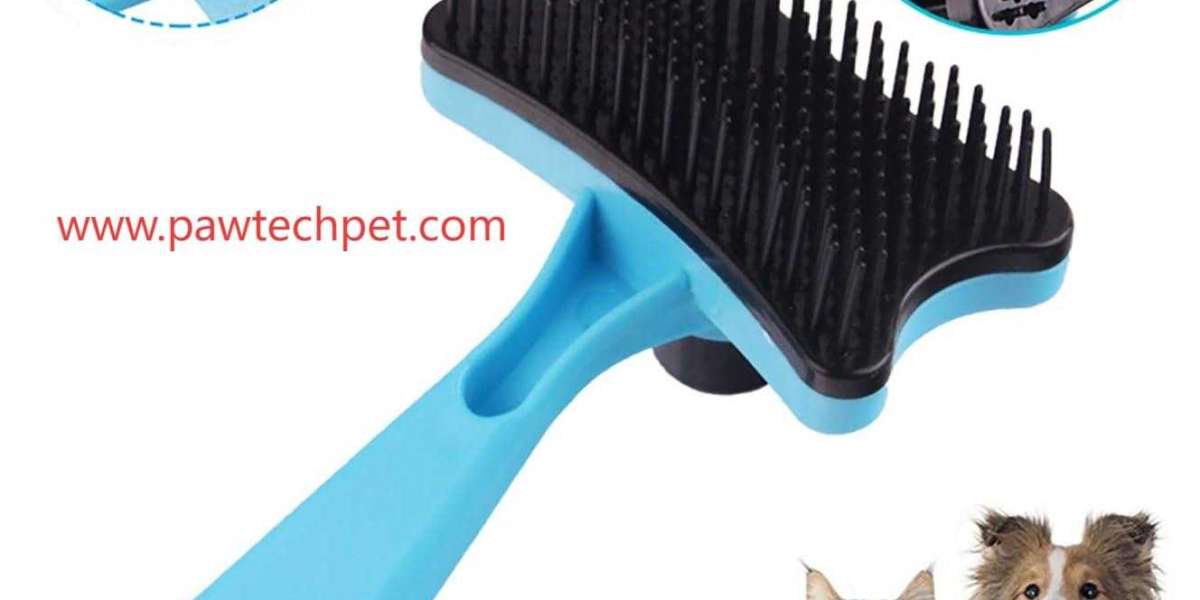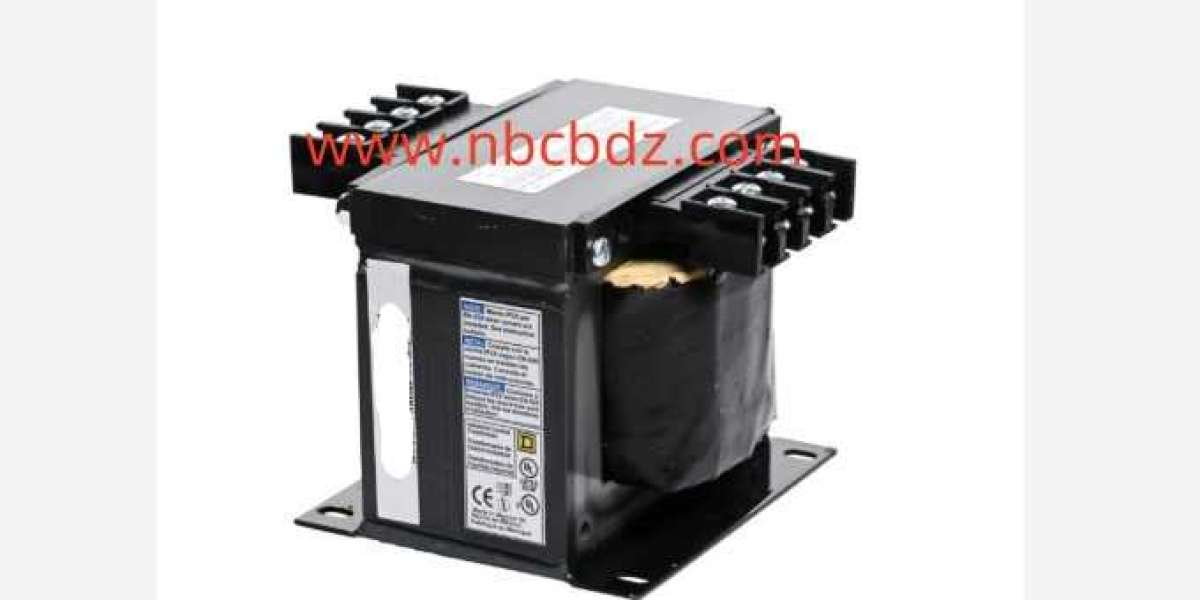In a crowded marketplace, selecting the right Hair Remover Roller Supplier can determine product quality and customer satisfaction, and for buyers it pays to evaluate durability, safety, and supply reliability when comparing options. Many retailers and salons now ask whether a Hair Remover Roller Supplier can provide consistent finishes, compliant materials, and dependable replenishment schedules before placing long-term orders.
Design and User Experience
A hair removal roller’s success begins with how it feels and performs for end users. Comfortable grips, smooth roller action, and predictable lint pickup make products more likely to be recommended and repurchased. Design choices that prioritize ergonomics for different hand sizes and that accommodate repeated use without degradation reduce returns and improve brand reputation. For retail lines, attractive yet functional packaging influences shelf appeal and shopper confidence.
Materials, Safety, and Compliance
Materials drive both performance and regulatory obligations. Safe coatings, hypoallergenic substrates, and non-toxic adhesives are essential for products that contact skin or textiles. Suppliers who document material sources and provide certificates of compliance help buyers meet labeling and safety requirements in multiple markets. Corrosion-resistant internals, durable roller surfaces, and resilient handles extend service life and reduce waste — a growing concern for environmentally minded customers.
Manufacturing Quality and Consistency
Production discipline separates one-off batches from scalable product families. Tight tolerances in roller geometry, consistent adhesive application, and stable bonding processes ensure every unit behaves the same way. Quality control steps such as sampling, lifecycle cycling, and functional checks prevent surprises when large shipments arrive at distribution centers. Buyers should request evidence of repeatable testing and ask about how suppliers handle non-conforming lots.
Supply Chain Agility and Minimum Orders
Order cadence and flexibility matter for inventory management. A supplier that can scale with promotional demand, respond to seasonal spikes, and offer reasonable minimum order quantities reduces stockouts and carrying costs. Transparent lead times, proactive communication during disruptions, and contingency plans for component shortages help buyers maintain continuity. Reliable packing and protective transit measures also prevent damage and avoid costly returns.
ProGroom Product Line and Differentiation
Some suppliers offer tiered product lines to serve diverse channels — premium rollers for boutiques, value packs for bulk retail, and compact formats for travel and gift sets. These distinct assortments let retailers align price points with customer expectations while keeping logistics consistent. Branded accessory options, refill packs, and coordinated merchandising materials can further differentiate offerings at point of sale.
Sustainability and End-of-Life Considerations
Sustainability is increasingly a decision factor. Suppliers that reduce single-use plastics in packaging, provide refillable systems, or design components for disassembly make it easier for retailers to present credible eco-claims. Buyers should evaluate whether materials are recyclable in target markets and whether replacement parts are available to extend product life. Clear guidance on disposal and repair helps customers make responsible choices.
After-sales Support and Warranty Policies
Warranty terms, replacement part availability, and responsive customer service influence overall satisfaction. A supplier that offers straightforward returns, clear troubleshooting guides, and accessible spare parts reduces friction for retailers and end users. Training materials for retail staff and installation guides for subscription pack programs also increase conversion and reduce after-purchase problems.
Commercial Terms and Partnership Models
Beyond the SKU itself, favorable commercial terms — predictable pricing, volume discounts, co-marketing support, and cooperative promotional plans — make supplier relationships more valuable. Collaborative forecasting and demand-sharing arrangements lower working capital needs and improve fill rates. Buyers should seek partners who treat growth as mutual, offering flexible contract terms and open communication channels.
Final Selection Checklist and Next Steps
• Evaluate user-centric design and ergonomics.
• Confirm material safety documentation and regulatory compliance.
• Review supplier quality-control practices and testing evidence.
• Assess supply chain flexibility, lead times, and minimum order sizes.
• Consider sustainability measures, spare parts availability, and warranty support.
Choosing the right supplier reduces returns, supports brand promise, and simplifies operations. For sourcing teams comparing product families and logistics options, detailed product pages and ordering guidance are available at www.tallfly.net








